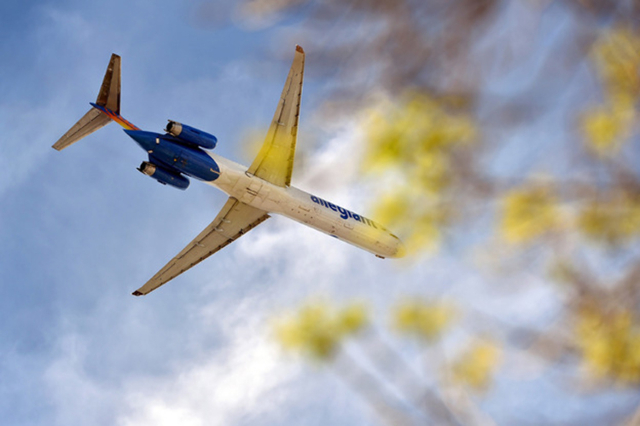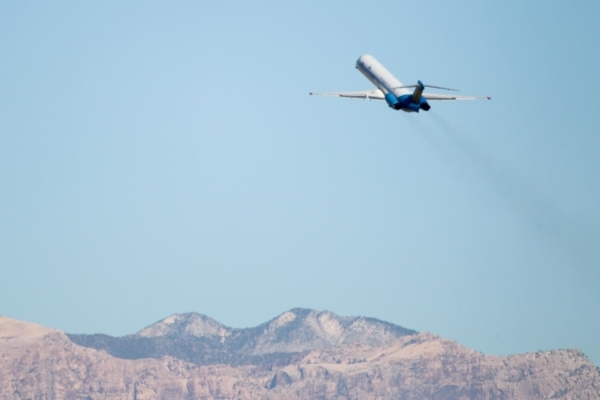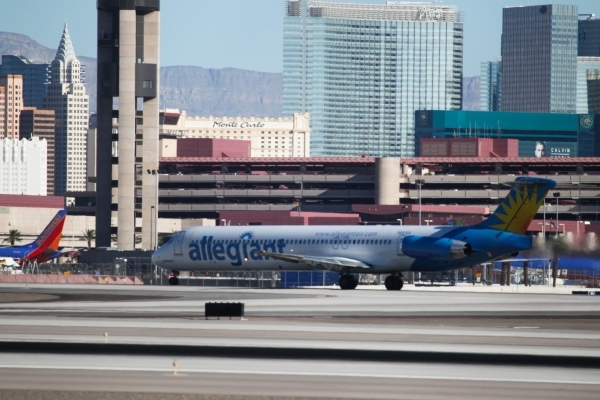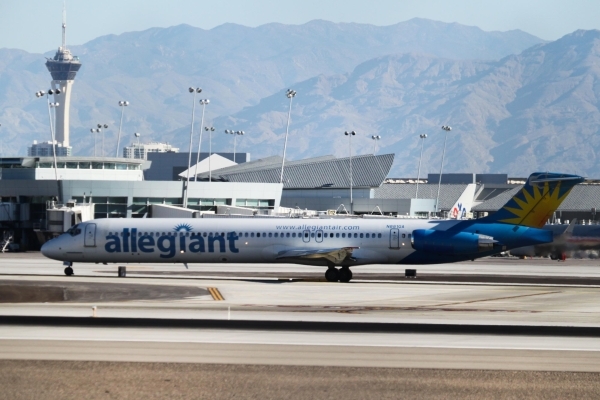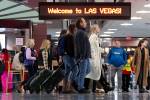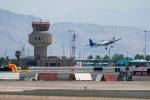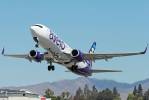Allegiant investigation: Captain exercised sound judgment
An in-house investigation of the emergency landing of Allegiant Air Flight 426 in Fargo, N.D., last week has found that the flight crew operated within the bounds of all regulations and "our captain exercised sound judgment in the operation of his aircraft," the airline said Thursday.
But the airline and the Federal Aviation Administration have conflicting views about whether the flight was exempted from a notice closing the airspace around Fargo's Hector International Airport for a July 23 practice for the Navy's Blue Angels precision flight team.
The FAA has yet to issue findings on the incident, and a spokesman said Thursday the agency is still reviewing the matter.
No one was hurt, but the incident received widespread news coverage and aviation industry blog commentary, embarassing the company and providing more fodder for pilots represented by Teamsters Local 1224, which is attempting to establish the airline's first union contract.
A 1½-page statement issued by the airline Thursday afternoon said an FAA notice to airmen about the closure of Fargo's Hector International Airport that day exempted commercial aircraft.
"The NOTAM (notice to airmen) provided for this airport clearly exempted scheduled air carriers from the airfield closure and it wasn't until the air crew contacted Fargo tower directly that they were advised that the airfield was closed to all traffic," said Steve Harfst, Allegiant's chief operating officer.
"This was an issue for multiple commercial and non-commercial aircraft attempting to land at Fargo during this period and not just Allegiant," Harfst said.
Allegiant's dispatch release form includes an entry that indicates scheduled air carriers were excluded from a closure, though the FAA's archived copy of the notice makes no reference to any commercial aircraft exemption.
Whether the airspace was closed to commercial carriers is one of the keys to the investigation because the flight was low on fuel as it approached Fargo and pilots struggled to make contact with the Fargo tower for clearance to land.
As Flight 426 approached Fargo, the pilot radioed that he had "bingo fuel," military slang that refers to having just enough fuel to divert to an alternate airport. Earlier reported interpretations of the term were that the plane was "running on fumes." The FAA discourages the use of military jargon in radio transmissions.
Allegiant's investigation was conducted by Eric Gust, the airline's vice president of safety and security. Greg Baden, Allegiant's vice president of operations, and Michael Wuerger. the director of flight safety, government affairs and quality assurance, were flying the twin-engine MD-80 jet that carried 144 passengers and six crew members from Las Vegas.
Gust also said:
-- The aircraft was dispatched with reserve fuel in compliance with company standards and all FAA regulations.
-- During the time of the posted temporary flight restriction closure, 15 commercial and non-commercial flights landed at Fargo. Two scheduled air carriers were cleared to land about 15 minutes after Flight 426, and multiple aircraft landed at Fargo prior to the approach of Flight 426.
-- Approximately 10 minutes prior to Flight 426 landing, another scheduled air carrier experienced the same confusion about the restriction and notice to airmen. While on approach, its pilots queried air traffic control as to the airport's closure and highlighted the NOTAM, which excluded the closure to scheduled air carriers. They were not given the option to declare an emergency in order to continue their landing in Fargo and were forced to divert to another airport. The report did not elaborate on what other carriers were cleared to land.
-- The company was aware of the temporary flight restriction at the airport in advance and despite the exception for scheduled air carriers, Allegiant scheduled Flight 426 to arrive prior to the closure. Before departing Las Vegas, a passenger experienced a medical emergency and was taken by ambulance to a local hospital. That delayed the flight, causing it to arrive at Fargo after the posted restriction began.
-- On approach to Fargo, Flight 426 was cleared by air traffic control to begin descent to 6,000 feet to be vectored for landing. At that point, Flight 426 was on profile to land with the originally planned landing fuel weight. It was not until the plane started its descent that the tower stated the airport was closed. At that point, Flight 426 stopped the descent at 14,000 feet to conserve fuel and coordinate a landing clearance with Fargo station personnel.
-- Flight 426 spent about 18 minutes coordinating with the Fargo station personnel who were attempting to telephone air traffic control and to establish a landing clearance.
-- Fargo station was unable to establish contact with the phone numbers provided. At that point, Flight 426 was two to three minutes from starting to use reserve fuel.
-- The pilot was then given the option to either declare an emergency to land in Fargo or divert to Grand Forks. Although sufficient fuel remained to divert to Grand Forks, the pilot declared an emergency, allowing the flight to land immediately at Fargo and avoid using reserve fuel.
Contact reporter Richard N. Velotta at rvelotta@reviewjournal.com or 702-477-3893. Find @RickVelotta on Twitter.



